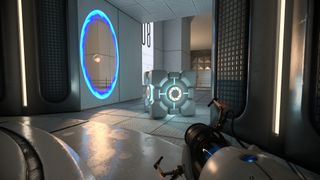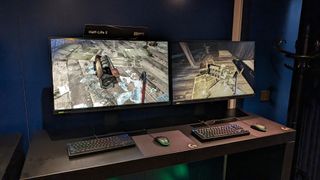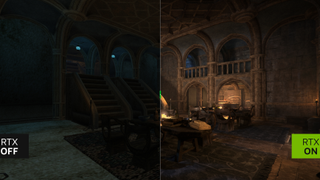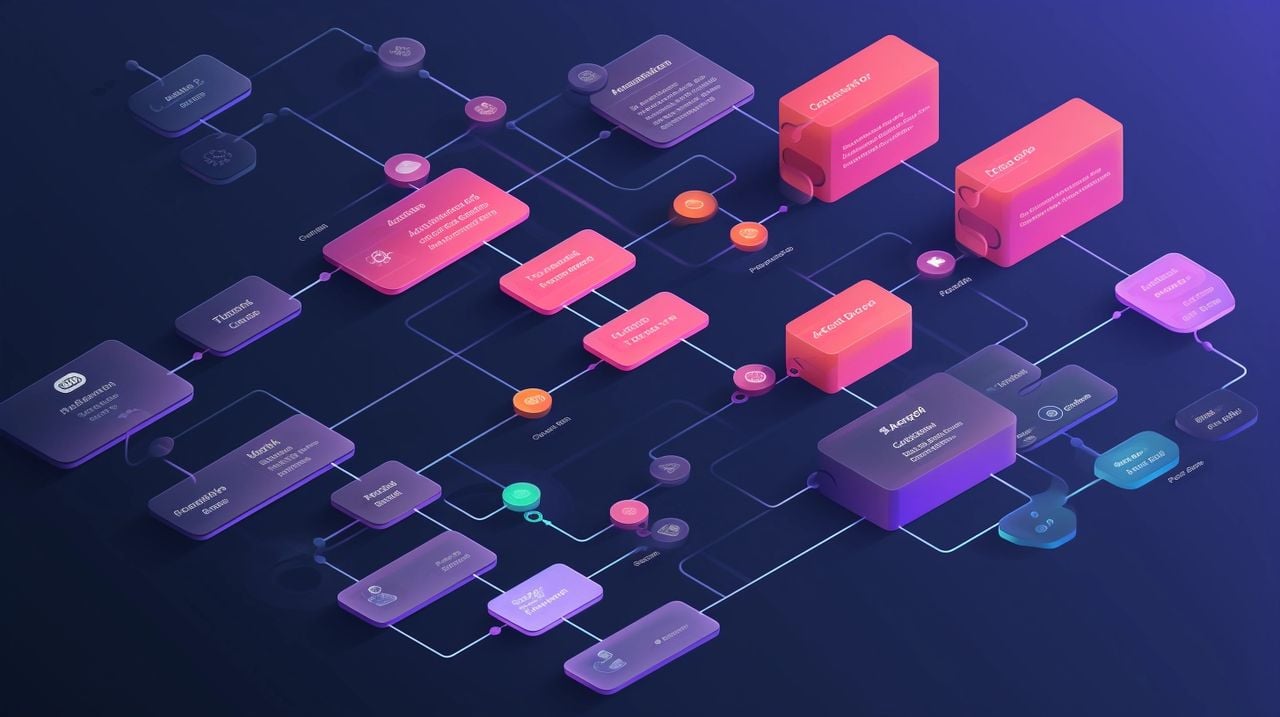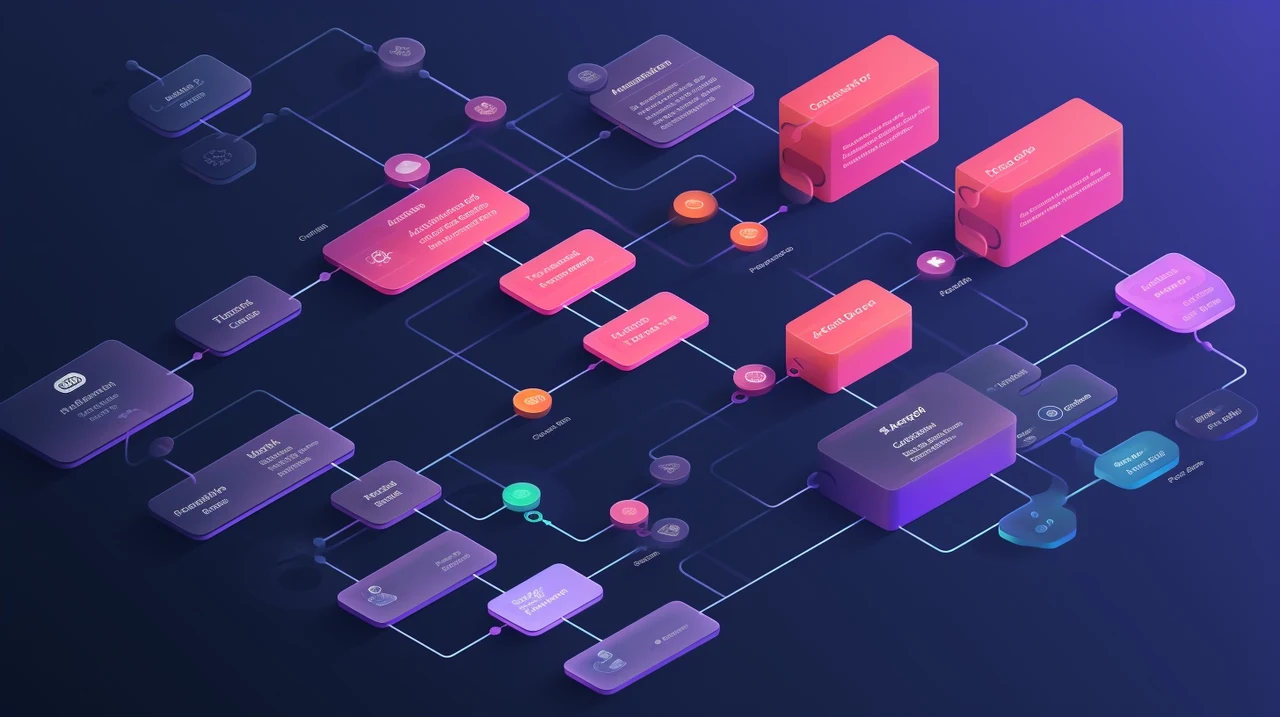[ad_1]

- Mind 2 es más que una mini PC, es una plataforma de desarrollo móvil
- Las características y funcionalidades adicionales son una atracción importante
- El kit Mind 2 AI Maker hace de este el sueño de un desarrollador
Computadoras pequeñas Era un mercado en auge en 2024 y 2025 no muestra signos de desaceleración en ese sentido, y hay un modelo en particular que me llamó la atención.
La mini computadora Mind 2 de engañadoDe esto se jactaba la empresa Salón de electrónica de consumo 2025es una pieza de hardware impresionante tanto para profesionales como para usuarios ocasionales.
Este dispositivo modular parece un dispositivo voluminoso. SSD Desde una computadora pequeña, pero que funciona con Intel Plataforma Arrow Lake, lo que le brinda una excelente relación calidad-precio.
Aumento de energía
Con un procesador Intel Core Ultra 7 225H y construido sobre la nueva arquitectura Arrow Lake-H, el Mind 2 representa una mejora significativa con respecto al modelo Khadas anterior.
Mind 2 incluye mejoras generales de rendimiento, pero también incluye una eficiencia energética significativa, gráficos integrados mejorados y, dado el creciente enfoque de la industria en la tecnología, capacidades de procesamiento de IA mejoradas.
“En comparación con su predecesor, Mind 2s presenta mejoras notables en el rendimiento tanto de un solo núcleo como de múltiples núcleos, lo que brinda una experiencia informática más eficiente”, dijo Khadas en su anuncio de lanzamiento.
Finalmente, Mind 2 es una mini PC poderosa que tiene capacidades lo suficientemente flexibles como para abarcar una variedad de funciones, desde diseño profesional y edición de video hasta tareas complejas. Amnistía Internacional Tareas.
Pero lo que separa al dispositivo de sus homólogos de la industria es el conjunto de herramientas y funciones complementarias que lo acompañan. Khadas desea señalar que los dispositivos mentales vienen acompañados de todo un ecosistema de capacidades a su alrededor.
El sueño de un desarrollador de IA
La mini PC está enfocada principalmente a desarrolladores de IA y viene con el kit Mind 2 AI Maker. Impulsado por la plataforma Intel Lunar Lake y el procesador Intel Core Ultra 7 258V, el Maker Kit presenta hasta 115 TOPS de potencia informática.
Esto tiene el potencial de mejorar en gran medida la eficiencia del modelo de IA. Mind Maker Kit actúa esencialmente como un servidor de implementación rápida y una plataforma informática de borde, lo que permite a los desarrolladores implementar modelos localmente o en el borde.
Esto significa una menor latencia y una mejor eficiencia para las aplicaciones en tiempo real, así como una mayor privacidad de los datos. Combine esto con el hecho de que pesa 435 gramos y lo convierte en un dispositivo ideal para desarrolladores que están en movimiento o en entornos de trabajo remotos.
La última incorporación al ecosistema Mind es igualmente emocionante y podría cambiar las reglas del juego para la productividad del usuario.
Mind xPlay se centra específicamente en “trabajo móvil y aplicaciones de múltiples escenarios”, según Khadas. Esta característica permite a los usuarios integrarse con accesorios como el módulo de expansión Mind Dock o la GPU Mind Graphics.
Khadas Mind 2: precios y otras características
El Khadas Mind 2 viene con puertos Thunderbolt 4 y USB4, lo que supone una mejora con respecto al modelo anterior.
Las capacidades de almacenamiento también se pueden mejorar mediante SSD y el dispositivo tiene una batería incorporada de 5,55 Wh.
Sin embargo, no es barato. Precios Está programado para comenzar en $799 y se puede cambiar o ajustar según las preferencias del usuario.
Las opciones incluyen una máquina base con un procesador Intel Ultra 5 125H, aunque esta versión está limitada a 16 GB de memoria y 512 GB de almacenamiento.
Optar por el modelo Ultra 7 155H ofrece mayor flexibilidad y rendimiento general, pero hay un gran aumento en el precio. Los usuarios pueden elegir 32 GB o 64 GB de memoria con esta línea y hasta 2 TB de almacenamiento. Estas configuraciones le costarán más de $1,000.
También te puede gustar
[ad_2]
Source Article Link





